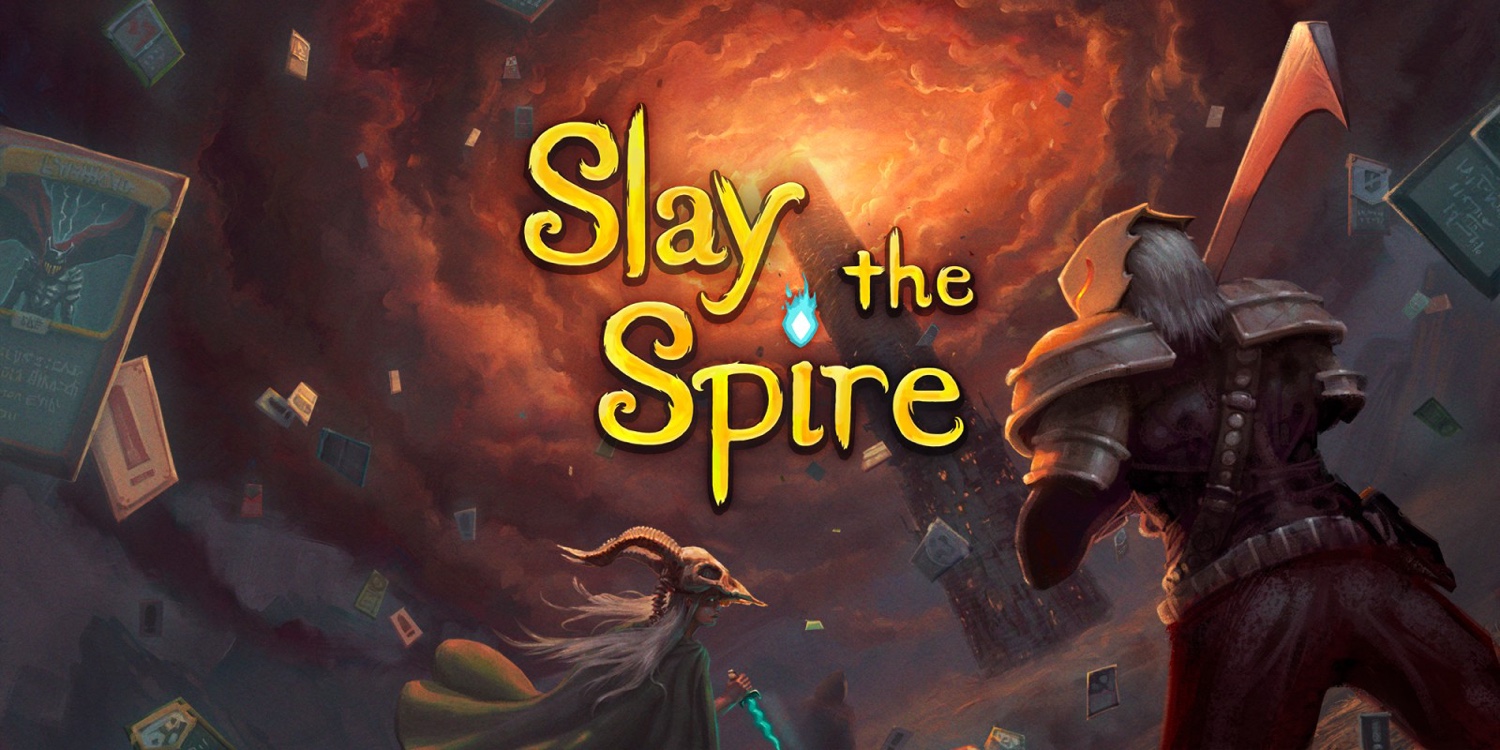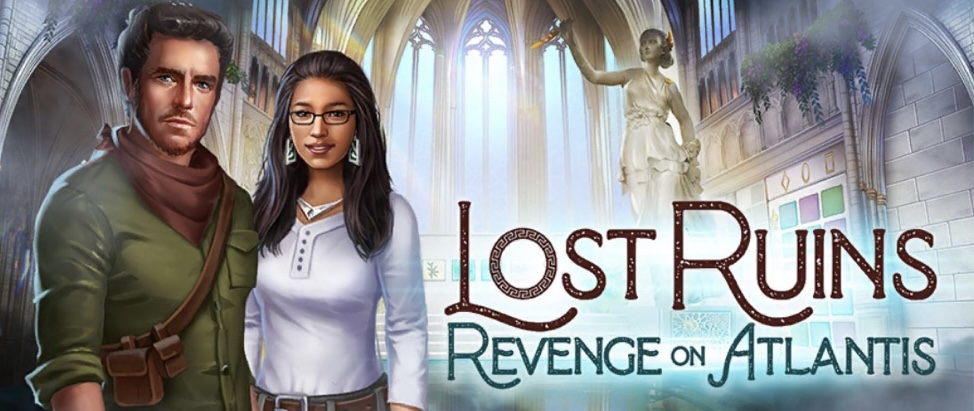Hi everyone, and welcome back to My Week Unwrapped, where I discuss all the games I’ve been playing over the last seven days. Things have sort of quieted down a bit on the iOS front, what with several games getting pushed off a week or more. So I’ve been giving my Switch a workout and justifying its purchase. I spent a good part of the week both watching and playing Stranger Things 3, so I don’t have too many games to discuss. But there’s still some good stuff here, so let’s get started.
Stranger Things 3: The Game
The third season of Netflix’s Stranger Things released on July 4th, and Stranger Things 3: The Game released alongside it. Unlike the mobile game, which came out in 2017, this new game is for consoles and PC at the moment, and follows the series very closely. Because of that, I’m taking my time with it so the game doesn’t spoil the show for me. I was still enjoying it, even though it feels a little too much like the first game. I like solving the puzzles using different characters and finding the hidden gnomes — there are 50 of them this time! I also love using Eleven’s psychic powers that push enemies away from her and electrocute them. That said, the Chapter 4 boss is giving me a hard time and I need to figure out how to beat him. It’s a long battle, as I don’t seem to do much damage with each hit. It’s also hard to keep my second character out of harm’s way, since the AI doesn’t do nearly as good a job as a second player would. This game also doesn’t have a way to permanently increase your stats like health and strength. Instead, you find objects all around Hawkins and then craft Trinkets out of them. Trinkets do different things. One might give you more health, another more defense, another more fire damage. But the catch is you can only equip five at a time. So if you want to increase your attack damage, you have to sacrifice some extra health. It means there isn’t a whole lot you can do if you’re struggling. Hopefully I can beat the boss and continue, though. If you want to see the game in action, I have a walkthrough guide here with all my videos so far. And I’ve also been working on a guide with all the gnome locations here.
What Remains of Edith Finch
I’ve been wanting to play What Remains of Edith Finch ever since it released on PC and some consoles, as I heard it was a must-play. Alas, I didn’t want to suffer through on my PC, so I waited it out, hoping it might come to iOS. Unfortunately, that’s not the news I have to tell you. But it did get ported over to Switch this past week and I decided to take the plunge. I’m glad I avoided knowing much at all about it, because this game is just full of surprises. I’m not even sure how to talk about it without ruining it for you. It starts off like a typical walking simulator — though the subtitles are really nicely done — as you, Edith Finch, walk through the forest to your childhood home. But nothing is ordinary here, and this is so much more than a walking simulator. Once I figured out the controls (the game doesn’t tell you, so I was pressing every button until something happened), I moved smoothly through the game. Before I knew it, I had devoured an hour of it. Besides the actual content, I like how you interact with items. You use the joystick to open a book or turn a crank, pull up a window, etc. I’m eager to get back to it but I was busy today with other games, so it will have to wait until tomorrow. And even though I haven’t figured out yet how to discuss the game without spoilers, I’m hoping to write a proper review when I finish. If you have a Switch, I highly recommend playing this one, as I’m not sure when — if ever — it will come to mobile.
ROOMS: The Toymaker’s Mansion
ROOMS: The Toymaker’s Mansion has an interesting history. It used to be a free-to-play game under the name The Mansion: A Puzzle of Rooms. But the developers regretted going that route and now decided to re-release it as a fully premium game. This new version also has 48 new puzzles, making it the same as the PC release. I’ve only solved about twenty puzzles so far, as it is giving me a challenge. The game is primarily made up of sliding tile puzzles, but with a twist. You play as a little girl named Anne, and in each level you need to make your way to the exit. The problem is, the level is made up of tiles and they’re often scrambled. If there’s a space next to it, you can move the tile you’re standing in. There are also telephones that teleport you and closets that swap the whole tile. There’s a move counter for the number of times you move a tile, but you can walk around and teleport as much as you want without affecting that counter. Despite my ineptitude at sliding tile puzzles, I am enjoying the game. It’s clever and well-designed with 3D artwork that’s easy on the eyes. It even has iCloud sync so you can play the same game on two devices. My main issue with it, though, is that it prioritizes animations and “dazzle” over utility. There’s a little too much going on here between puzzles. For one, your mentor, a talking lantern, congratulates you after each level solved, and it quickly gets annoying. But you can select the next level even while he’s talking, so it’s not too bad. The bigger issue is the animations when restarting a level. Instead of an instant reset, all the tiles enter the room in a flurry. It makes the game feel like a slog when you’re stuck on a puzzle and keep having to watch those same animations just to get another go at it. I still enjoy the game, but that’s definitely dampening my experience a bit and keeping me from spending more time with it. Still, check out my gameplay video to see what it’s like. I also started a walkthrough guide here.
Meridian 157: Prologue
Meridian 157: Prologue looks like something Glitch Games might have made. There’s definitely some inspiration here from the Forever Lost series. The artwork and atmosphere looks the same, and there’s even a camera for taking photos of clues. This game is sort of a free preview to give you a taste of the rest of the series that hasn’t been released yet. I did like the puzzles — except for one really confusing one — and it seems like an interesting setting. What is missing is the Glitch humor, but that’s why you’ll continue playing Glitch games! Anyway, the Prologue is short, but also free, so give it a go. I also have a complete walkthrough guide here.
Bananagrams: The Official Game
I don’t know why, but Bananagrams is not one of the games I used to play as a kid, so I’m not very familiar with how it works. That said, I’m always open to trying new word games, and Asmodee’s digital adaptation of the game seemed promising. It is well-made, playing in portrait mode with a zoom feature so you can see the whole board easily. I do wish there was a way to mute only the music and not the sound effects, though. As for the gameplay, you can play either against the AI or random online players. I’ve only tried the easy AI so far and I lost. I thought I was doing well, but I guess I wasn’t fast enough. It’s a little weird playing against an AI on a timer, so I want to try playing against real people and see how it goes. Anyway, it’s cheap, so if you like Bananagrams, it seems like an easy enough purchase. You can also watch some of my gameplay video below.
Dr Mario World
As low as my expectations were for the free-to-play mobile version of Dr Mario World, I still managed to be disappointed. Nintendo threw in every type of monetization, that one might be hard-pressed to find the game hiding underneath. It starts off with unlimited lives so you can get a feel for the game, but after twenty levels, the five-life limit kicks in. You lost a life just for playing a level, but can earn it back if you get three stars. If you need to restart, though, you’re looking at another lost life. So if you’re having trouble with one level, it’s easy to go through all your lives in a short time and then be stuck waiting for more. You can buy extra lives or even an hour of infinite lives, but there’s no way to just get rid of the lives system permanently. And on top of that, there are power-ups you can buy if you’re having trouble and there are loot boxes for characters. I didn’t even try the player vs. player mode because the game as a whole is just so sluggish that I can’t bring myself to care enough. Each level takes for lever to load and the pills you use to match with the viruses move so slowly unless you drag them up yourself. It’s also very reliant on luck at times, as you could end up with all the wrong colors. That wouldn’t normally be a big deal, but it is when you’re penalized for failing a level. If you really want to try the game, though, I recommend just playing until your hearts run out. I don’t see how it can possibly be worth dealing with the hearts system to play this mediocre match-three game.
NSA Intern
NSA Intern actually isn’t available on iOS yet. Unfortunately, the developers of NoStranger have been hit with rejection after rejection for their latest game. You can play it on Google Play, but is iOS users may never see it. I wrote more about it here, hoping to bring some attention to it and maybe make Apple realize how silly they’re being.
And that’s everything I’ve been up to this week! I know it’s disappointing for a lot of you to see me covering games that are available on Switch and not iOS, but hopefully I struck some balance and you’ll still find some great games here to play. There are a lot of ports coming in the next few weeks and months, so don’t fret! Anyway, let me know in the comments section what you’re playing and I’ll see you back here next time with more of My Week Unwrapped!





